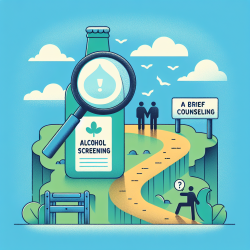Introduction
In the face of global health crises, such as the COVID-19 pandemic, effective response strategies are critical for minimizing health impacts while balancing economic and societal considerations. A recent study titled "A simulation–optimization framework for optimizing response strategies to epidemics?" provides valuable insights into developing dynamic response strategies using a novel framework that combines simulation and optimization techniques.
The Simulation–Optimization Framework
The framework presented in the study utilizes a modified, age-stratified SEIR (Susceptible-Exposed-Infectious-Recovered) compartmental model. This model evaluates the health impacts of various response strategies, such as closure, protection, and travel policies. It is combined with a Genetic Algorithm (GA) to search for near-optimal strategies that minimize total infections under budget constraints.
Key Findings and Implications
The research highlights several important findings:
- Budget Constraints: The framework demonstrates a clear trade-off between health and economic objectives. Under high budget scenarios, strict closure policies are recommended, whereas low and medium budget scenarios suggest a cyclical approach to closures.
- Protection Policies: Social distancing and mask-wearing are consistently recommended across different budget scenarios due to their significant impact on reducing transmissibility with minimal economic cost.
- Travel Policies: The framework suggests varying levels of travel restrictions based on the severity of the outbreak and available budget, emphasizing the importance of controlling case importation.
Practical Application for Practitioners
Practitioners can enhance their skills by implementing the outcomes of this research in several ways:
- Data-Driven Decision Making: Utilize the simulation–optimization framework to evaluate and compare different response strategies, allowing for informed decision-making based on empirical data.
- Adaptive Strategies: Develop adaptive strategies that can be adjusted based on real-time data and changing budget constraints, ensuring a balanced approach to health and economic objectives.
- Continuous Learning: Engage in further research and development to refine the framework and incorporate additional factors, such as vaccination policies, to enhance its applicability to future epidemics.
Conclusion
The simulation–optimization framework provides a comprehensive tool for optimizing response strategies to epidemics. By balancing health and economic considerations, practitioners can develop effective and adaptable strategies to mitigate the impacts of pandemics. For a deeper understanding of the research, practitioners are encouraged to explore the original research paper.
To read the original research paper, please follow this link: A simulation–optimization framework for optimizing response strategies to epidemics?










